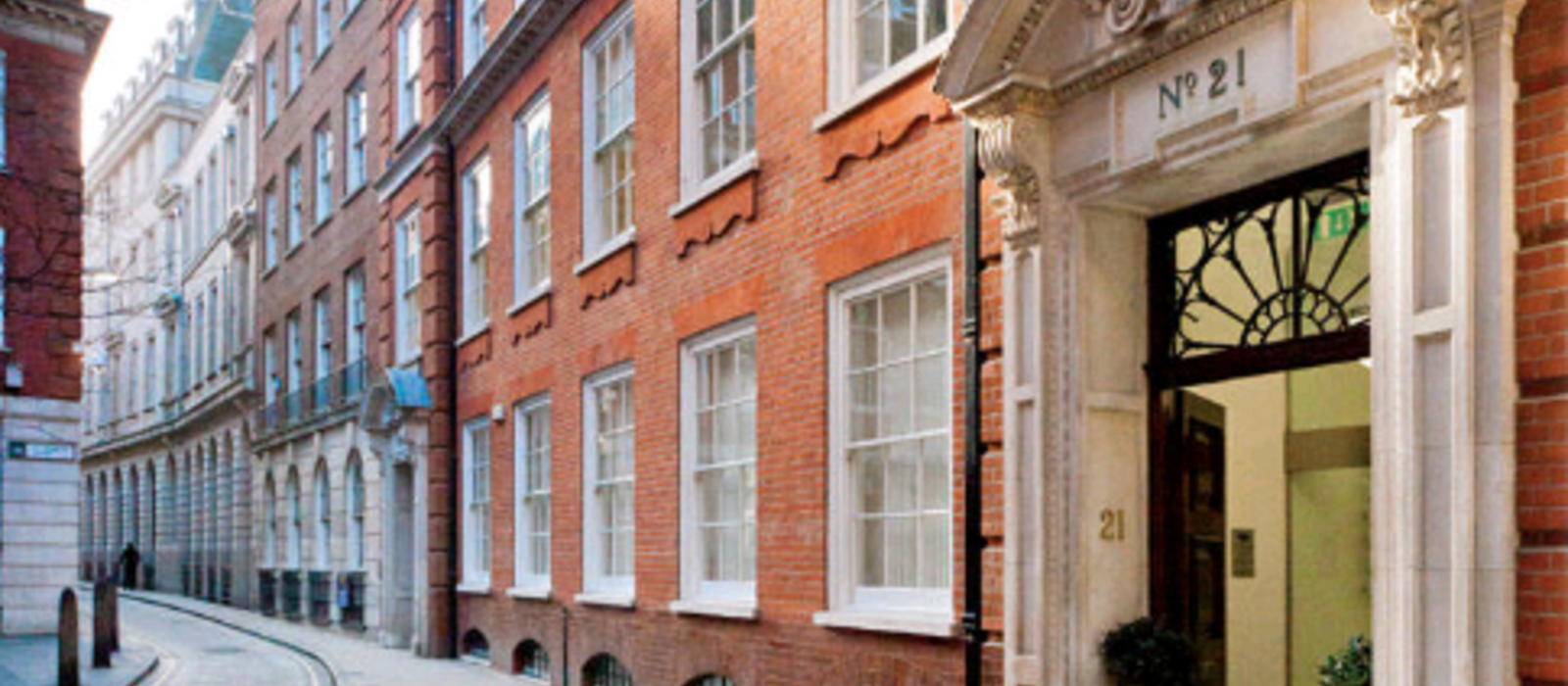
Local information - history
Founded by the Romans in around 43 AD, the City of London was the place from which modern London grew, and you can still see the remains of the City's Roman Wall today.
During the third century, the Romans named the town "Londinium". Its location on the bank of the River Thames made it an ideal hub for trade, and it soon became a bustling port.
Following the fall of the Roman Empire in 476 AD, Viking attacks took place in the area, leaving it nearly deserted. However, by the 11th century, under the rule of King William, it grew to become the largest city in England.
In the 17th century, the city experienced years of plague and the Great Fire of London, which in 1666 destroyed much of the city. Despite this, by the end of the 19th century, London had grown into a major trade and finance capital.
Today, London is one of the world's major global cities and home to over 9.5 million people speaking over 300 languages.
Places to visit
World-famous attractions and places to visit fill England's capital city, from buildings and historically significant landmarks to museums and art galleries, theatres, shops and parks.
Its most famous landmark (and one of the most Instagrammed on the planet) is the iconic "Big Ben" (the nickname for the Great Bell of the Great Clock of Westminster.)
London's top ten attractions include Buckingham Palace, St Paul's Cathedral, the Tower of London, Westminster Abbey, Tate Modern and the National Gallery. However, the Natural History Museum clinched the top spot for "most visited attraction" in 2022.
Travel
Visitors to London can access many transport options, from the Tube and public bicycle hire scheme Santander Cycles to bus, taxi and London River Bus services. Find more information on the Visit London website.
https://www.visitlondon.com/traveller-information/getting-around-london
Those travelling by car should be aware of the Congestion Charge, a £15 daily charge for most vehicles entering Central London.
Local schools and colleges
London has 18 universities (the highest number in any UK city), many further education, and six form colleges. Its three most prestigious universities are Imperial College London, University College London (UCL) and King's College London.
As the leading centre for arts education, London houses four specialist music schools: The Royal College of Music, The Royal Academy of Music, Trinity College of Music and the Guildhall School of Music and Drama.
London is an important centre for medical education, with five medical schools attached to its leading hospitals: Barts and The London School of Medicine and Dentistry, King's College London School of Medicine and Dentistry, Imperial College School of Medicine, University College London Medical School and St George's Hospital Medical School.
The city has 2,135 primary schools, serving 770,905 pupils. The largest of these is Hounslow Town Primary School in West London.